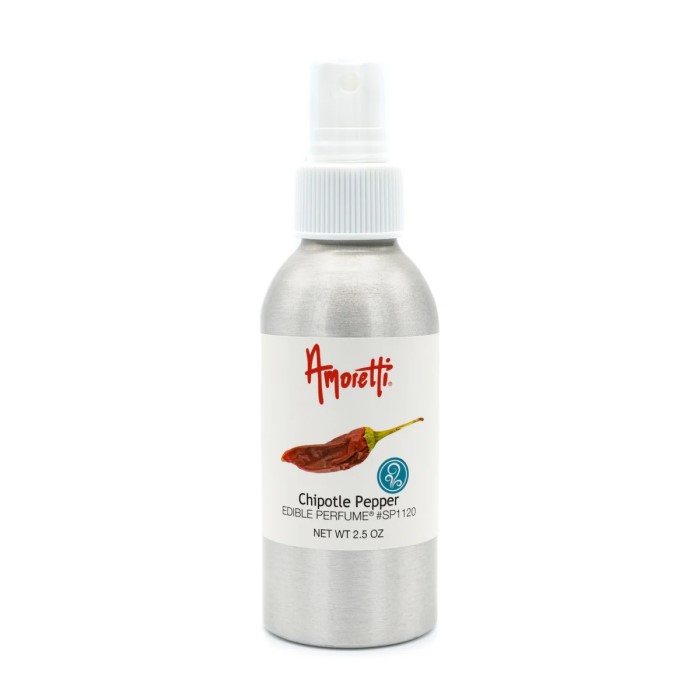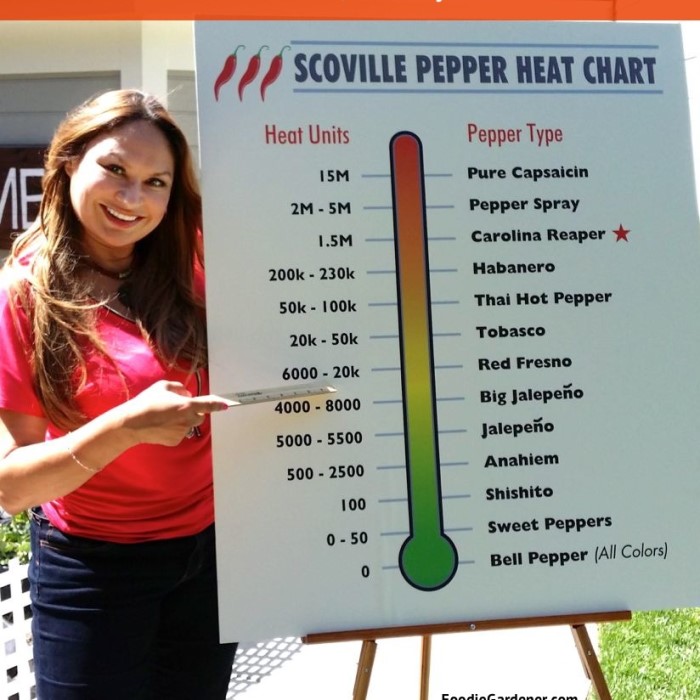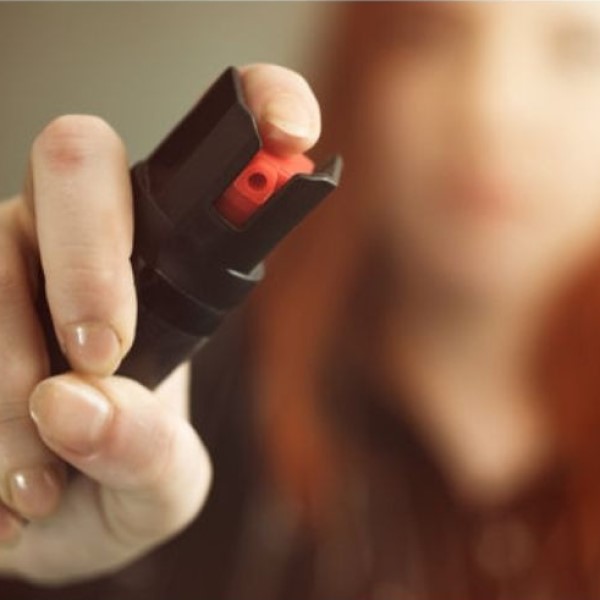Introduction: The Edibility Dilemma
When considering self-defense products, pepper spray often comes to mind as a popular choice. Its effectiveness in deterring potential attackers makes it a common tool for personal safety. However, a question frequently arises: is pepper spray edible? This question might stem from accidental encounters or common misconceptions. In truth, pepper spray is not food, and ingesting it can lead to serious health risks. In this article, we will explore what happens when pepper spray is ingested, examine its ingredients, discuss safety issues, and address common misconceptions. By understanding these factors, we can highlight the dangers of treating pepper spray as anything other than a self-defense mechanism.

Understanding Pepper Spray: Ingredients and Purpose
Pepper spray primarily contains capsaicin, a potent compound derived from chili peppers that gives it its intense heat. Designed as a self-defense tool, it aims to incapacitate an attacker temporarily by causing immediate and severe irritation to the eyes, skin, and respiratory system. Despite capsaicin being an ingredient found in both edible chilies and pepper spray, the formulation of pepper spray includes various additives that render it unsuitable and unsafe for consumption.
For instance, the spray often contains solvents, preservatives, and propellants meant to enhance its effectiveness and shelf life. Standard food-grade peppers may contain capsaicin in relatively low concentrations that can add heat to dishes, but the concentration found in pepper spray is significantly higher. The dangerous mixture and high potency are a call to exercise caution—pepper spray is intended for self-defense, not culinary delights.
Common Misconceptions: Is It Spicy or Edible?
The Myth of Edibility
- One prevalent misconception surrounding pepper spray is the belief that it is safe to consume. Many individuals mistakenly think that, since capsaicin—the active component—exists in both culinary spices and pepper spray, ingesting a small amount of the spray would be harmless.
- This assumption is misleading and can lead to dangerous consequences. The context of use significantly alters the safety levels of capsaicin.
Understanding Capsaicin Concentration
- Capsaicin is indeed present in both edible peppers and pepper spray; however, the concentration levels differ immensely.
- In culinary applications, capsaicin is present in much lower concentrations, making it tolerable and even enjoyable for the majority of people. In contrast, pepper spray contains a far more potent formulation designed to incapacitate an attacker quickly.
- The high concentration of capsaicin in pepper spray can lead to immediate discomfort when ingested, including intense burning sensations and irritation to the mouth, throat, and stomach.
Range of Effects When Ingested
- When pepper spray is ingested, the effects can vary widely, ranging from mild irritation to severe medical complications.
- Individuals who mistakenly believe they can tolerate pepper spray due to previous experiences with spicy foods may be taken by surprise by the severity of symptoms following ingestion.
- Mild symptoms may include a burning sensation in the mouth, throat discomfort, and nausea. However, more severe reactions can result in acute abdominal pain, vomiting, difficulty breathing, and even hospital-grade interventions.
Tolerance Misconception
- A common misconception is that personal tolerance to spicy foods can be applied to pepper spray. Many people assume that because they enjoy spicy dishes, they would handle pepper spray without issues.
- This erroneous belief highlights a lack of understanding of the differences in chemical composition and concentration. Pepper spray is specifically designed to create a severe reaction in humans, which simply isn’t the case with culinary peppers.
Potential Health Risks
- Unlike safe culinary peppers, the combination of concentrated irritants and additional chemicals in pepper spray poses significant health risks that are not present with food-grade peppers.
- Consuming pepper spray can lead to serious gastrointestinal distress, resulting in symptoms like cramping, diarrhea, and potential inflammation of the stomach lining. In extreme cases, it may cause poisoning, requiring urgent medical attention.
Need for Education
- This widespread misconception about the edibility of pepper spray underscores the need for better education regarding personal safety products.
- Understanding the dangers and intended use of pepper spray is crucial for avoiding potentially life-threatening situations. Responsible handling and awareness can mitigate the risks associated with these self-defense products.
FAQs: Ingesting Pepper Spray
What happens if pepper spray is ingested?
Is pepper spray edible? If a person accidentally ingests pepper spray, the immediate effects can be alarming. Common symptoms include nausea, vomiting, abdominal pain, difficulty breathing, and a burning sensation in the mouth and throat. Serious cases of ingestion can lead to burns in the gastrointestinal tract, which necessitates medical intervention. If ingestion occurs, the individual should seek medical help right away. Healthcare professionals may need to flush the system and provide supportive care to alleviate symptoms and prevent complications.
The ingestion of pepper spray can also lead to long-term health issues. In mild cases, a person might experience prolonged discomfort, while severe cases may require hospitalization for intensive treatment. Understanding the implications of an accident involving pepper spray is vital, as it can empower individuals to respond appropriately and rapidly.
Can pepper spray be used for cooking?
This question is often posed in a humorous or naive context, but the answer is straightforward: absolutely not. While the active compound, capsaicin, shares similarities with culinary peppers, pepper spray is not suitable for cooking or human consumption. The additional chemicals and ingredients included in the spray—such as preservatives and delivery agents—make it hazardous if ingested.
For those seeking heat in their dishes, countless safe culinary spice options can achieve the desired flavor without carrying the associated risks. Utilizing food-safe ingredients adds flavor without jeopardizing health, making it essential to keep pepper spray confined to its intended use.
What happens if you accidentally get pepper spray in your mouth?
If pepper spray comes into accidental contact with the mouth, the experience can be painful. The immediate reaction includes intense burning, irritation, and swelling of the mucous membranes. A person may also struggle with swallowing or find breathing difficult if the spray irritates the throat or airways. In such instances, rinsing the mouth thoroughly with cold water can help alleviate discomfort. However, it is important to refrain from swallowing the water used for rinsing, as it may contain harmful peptides.
Medical help should be sought if symptoms persist or worsen. Healthcare professionals can evaluate the extent of exposure and offer appropriate treatment options, which may include medications for pain relief and reduction of swelling. These preventive measures highlight the critical importance of knowing how to react to such emergencies.
The Immediate Response: What to Do in Case of Ingestion
Is pepper spray edible? In the unfortunate event of accidental ingestion of pepper spray, immediate action is crucial. As previously mentioned, the first step is to rinse the mouth thoroughly with cold water to minimize the burning sensation. However, it is essential not to induce vomiting, as this action can lead to additional harm by exposing the throat and esophagus to the concentrated irritants within the spray itself.
Seeking immediate medical assistance is crucial in such situations. Healthcare providers can undertake a thorough assessment, monitor the individual’s vital signs, and determine the appropriate course of action. Treatment strategies may include administering activated charcoal to absorb toxins or providing supportive care for symptoms such as nausea, vomiting, and abdominal pain.
Understanding the Risks: Long-Term Effects
Many individuals do not consider the long-term effects of ingesting pepper spray. Short-term discomfort can overshadow the potential long-term health implications. Chronic symptoms such as recurring gastroesophageal reflux, throat irritation, or even psychological effects related to the traumatic experience could occur. It is essential to recognize these risks to prevent future incidents.
Additionally, repeated exposure to the active ingredients in pepper spray—especially in cases of accidental ingestion—could lead to heightened sensitivity among individuals. This highlights the importance of education and understanding regarding the use and handling of such products.
Conclusion: Safety First
To conclude, the question “is pepper spray edible?” should be answered with a clear and firm no. It is crucial to understand that pepper spray is designed solely for self-defense, and its formulation includes harmful substances that make it unsafe for ingestion. Awareness about the risks, effects, and proper responses to accidental exposure can empower individuals to prevent dangerous situations.
Maintaining a focus on safety is paramount when dealing with any self-defense product. By following appropriate measures and understanding the purpose of pepper spray, individuals can protect themselves while ensuring their health remains uncompromised. Knowledge is the key to making informed decisions, and being educated about the dangers of pepper spray is a vital step in ensuring personal safety.
Final Thoughts
Ultimately, pepper spray serves as a powerful tool for personal safety and should be treated with respect. Misunderstandings around its edibility can lead to dangerous situations and health concerns. By recognizing that pepper spray is not food and is not safe for consumption, individuals can safeguard themselves and respond effectively in emergency circumstances. Safety must always be a priority when it comes to personal protection products. Stay informed and make choices that protect not only your safety but also your health.





